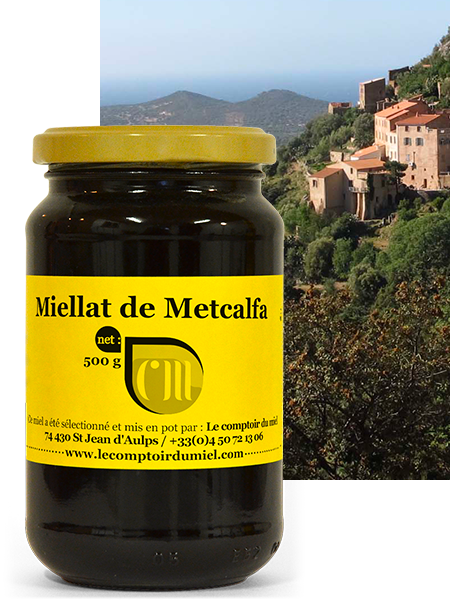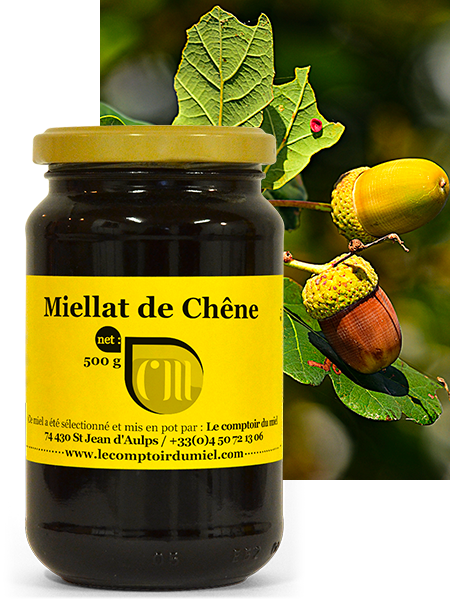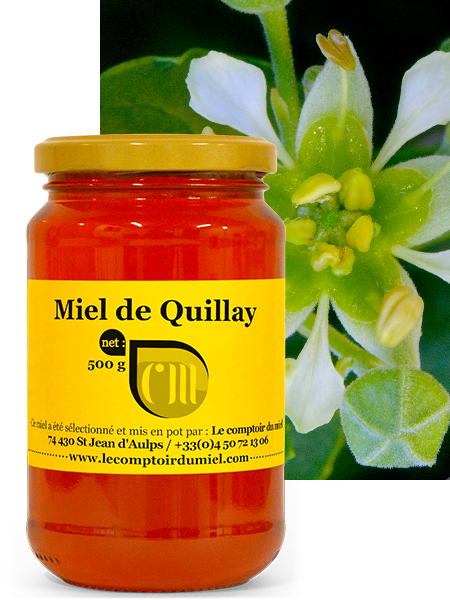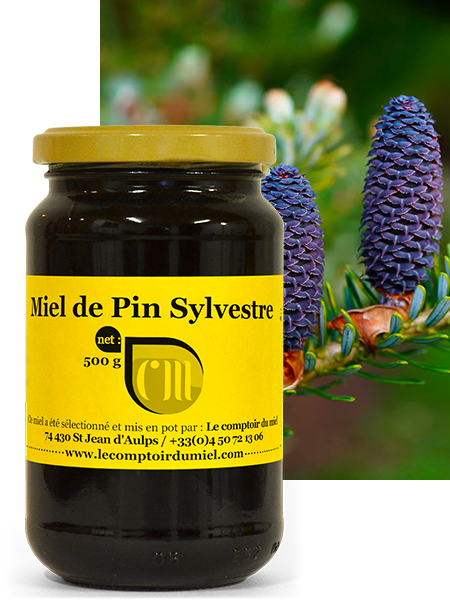Metcalfa, also known as the “white plane fly”, is an insect belonging to the Flatidae family. It looks like a small white fly and measures around 4 to 6 millimeters in length. This insect secretes a substance called honeydew, which bees love, and with which they make the famous metcalfa honeydew!
Metcalfa originated in Asia and was introduced to Europe (Italy, Slovenia and France) in the late 1990s.
In Corsica, it was as a result of the importation of ornamental plants that Metcalfa pruinosa was introduced. Metcalfa is found in the eastern plains, where most crops are grown. However, the insect is also present in Balagne at altitudes of up to 400m. This is where our beekeeper harvests this excellent metcalfa honeydew!
This insect is often considered a nuisance because it feeds on the sap of plants, including plane trees, citrus and other broad-leaved trees. A highly polyphagous insect, it can colonize hundreds of plant varieties and wreak havoc. When Metcalfa infest a plant in large numbers, this can weaken the tree and cause yellowing of the leaves, which can ultimately affect the health of the plant.
Metcalfa pruinosa is extremely difficult to control. Phytosanitary products only have an effect on the early stages of larval development. They are also harmful to bees, which are attracted by the honeydew honeydew.
In addition, metcalfa seems to be developing resistance to plant protection products.
Nevertheless, this little pest exudes a blackish substance that bees appreciate and feed on. This honeydew honeydew is a delight for lovers of strong, dark honeys.
Taste, flavor, storage:
This type of honeydew, like all honeydew, remains liquid for a very long time.
With its sweet, pronounced aroma and complex taste, it gives off a sensation of dried fruit and gingerbread. gingerbread. Not very sweet, it has a long finish. Thanks to their high fructose content, honeydew keeps well for a very long time.
It is very viscous and long on the palate. Unlike some of its counterpartssuch as chestnut honey, it is not bitter.
The benefits of Metcalfa honeydew:
A rare and unusual honey, black and very dense in color, it is renowned for its richness in trace elements and mineral salts. Like all honeydew, it also contains tannin and polyphenols. Lichen is also present. Thanks to its high polyphenol content, it is said to be excellent for the arteries.
It appeals to lovers of original honeys. In any case, it leaves no one indifferent!
Did you know?
Metcalfa honeydew is the only honey with an insect name, unlike other honeys which have a plant name.
Harvested in summer, metcalfa honey is also known as summer maquis in Corsica.



